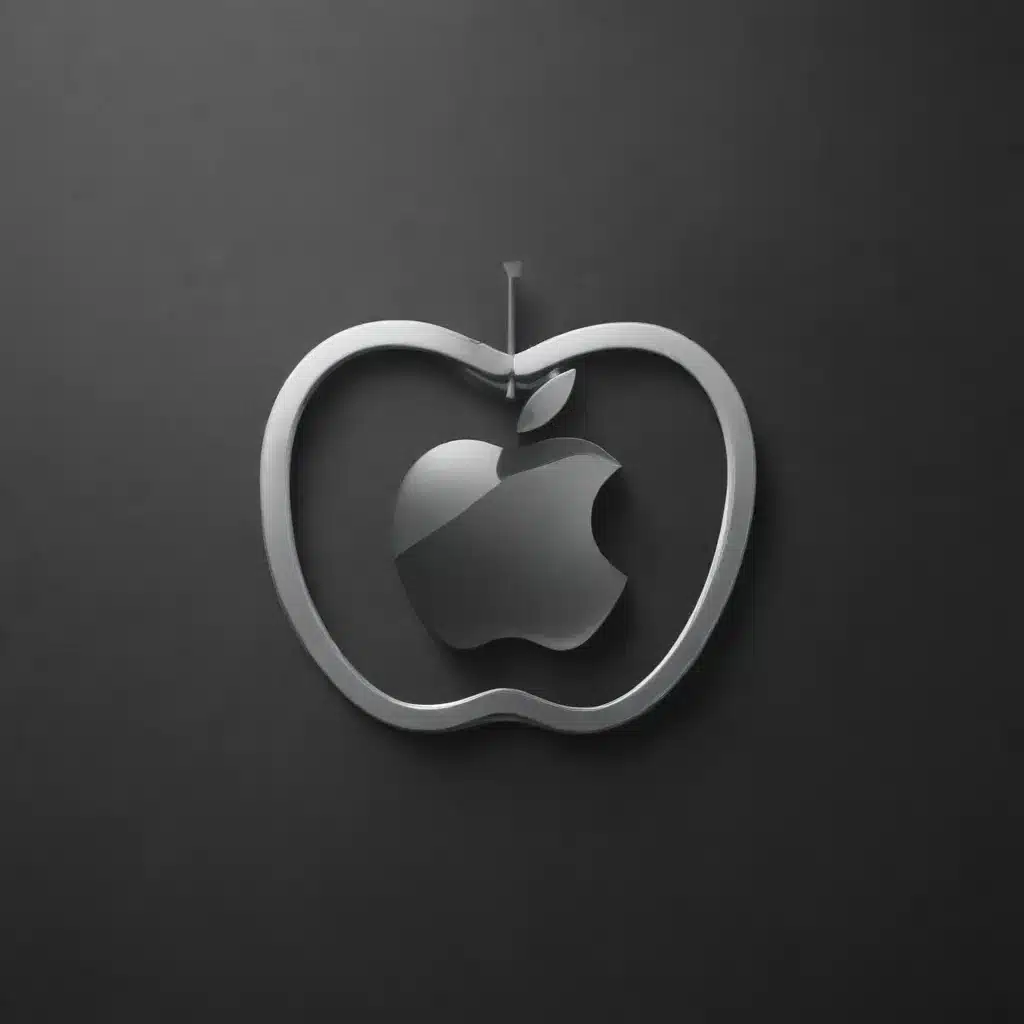
As an experienced IT professional, I understand the importance of maintaining robust security and data protection measures within the Apple ecosystem. With the rise of cloud computing, smart home technologies, and the increasing reliance on mobile devices, it’s crucial to ensure your Apple products and services are fortified against potential threats. In this comprehensive guide, we’ll explore the best practices for encrypting your devices, safeguarding your data, and leveraging the powerful security features built into Apple’s hardware and software.
Apple Device Encryption
At the core of Apple’s security philosophy is the seamless integration of hardware and software, ensuring that your data is protected from the moment it’s created. One of the key pillars of this approach is the use of industry-leading encryption protocols.
Encryption Protocols
Apple devices, including iPhones, iPads, and Macs, utilize a combination of advanced encryption algorithms to secure your data. These include AES-256 (Advanced Encryption Standard) for file and disk encryption, as well as ECC (Elliptic Curve Cryptography) for secure communication and key exchange.
The strength of these encryption protocols is further bolstered by the integration with Apple’s custom-designed silicon, such as the Secure Enclave co-processor. This dedicated security chip, present in the latest iPhones, iPads, and Macs, provides hardware-backed encryption and secure key storage, making it nearly impossible for even the most determined attackers to access your sensitive information.
Hardware-Backed Encryption
The Secure Enclave is a critical component in Apple’s security architecture, as it operates independently from the main processor and provides a secure environment for cryptographic operations. This includes the generation, storage, and usage of encryption keys, ensuring that your data remains protected even if the primary operating system is compromised.
The Secure Enclave also plays a crucial role in the implementation of Touch ID and Face ID, Apple’s biometric authentication technologies. By storing your fingerprint or facial data securely within the Secure Enclave, these features provide a seamless and highly secure way to unlock your device, authorize purchases, and access sensitive information.
Data Protection in the Apple Ecosystem
Beyond device-level encryption, Apple has implemented robust data protection measures throughout its ecosystem, ensuring the confidentiality and integrity of your information, even when stored in the cloud or shared across multiple devices.
FileVault Disk Encryption
For Mac users, the FileVault feature offers full-disk encryption, protecting the contents of your computer’s internal storage. When enabled, FileVault utilizes AES-XTS encryption to scramble the data on your hard drive or solid-state drive, making it virtually impossible for unauthorized individuals to access your files, even if your Mac is lost or stolen.
iCloud Data Encryption
Apple’s cloud storage service, iCloud, employs industry-leading encryption techniques to safeguard the data you store and sync across your Apple devices. By default, your iCloud data is encrypted in transit and at rest, with the encryption keys managed by Apple. For an even higher level of security, you can enable Advanced Data Protection, which extends end-to-end encryption to cover the majority of your iCloud data, including iCloud Backup, Photos, and more.
Keychain Password Management
The Keychain feature in macOS and iOS/iPadOS provides a secure way to store and manage your passwords, credit card information, and other sensitive credentials. Keychain data is encrypted using AES-256 and protected by your device’s passcode or biometric authentication, ensuring that your login details remain inaccessible to prying eyes.
iOS and iPadOS Security Features
Apple’s mobile operating systems, iOS and iPadOS, are renowned for their robust security features that safeguard your devices and data.
Secure Boot
The Secure Boot process ensures that your iOS or iPadOS device only boots from a trusted, verified software image, preventing the execution of malicious code or unauthorized modifications to the operating system.
App Sandboxing
iOS and iPadOS implement a strict app sandboxing model, which isolates each installed application from the rest of the system. This prevents apps from accessing or interfering with data and resources that don’t belong to them, effectively limiting the potential damage that a compromised app could cause.
Touch ID and Face ID
The integration of Touch ID and Face ID biometric authentication technologies provides a secure and convenient way to unlock your device, authorize transactions, and access sensitive information. These features leverage the Secure Enclave to store your fingerprint or facial data securely, preventing unauthorized access.
macOS Security Best Practices
While Apple’s desktop operating system, macOS, shares many security features with its mobile counterparts, there are additional best practices to consider for your Mac.
System Integrity Protection
System Integrity Protection (SIP) is a security feature in macOS that restricts the ability of even the root user to modify certain system files and directories. This helps prevent malware or rogue applications from making unauthorized changes to the core operating system.
Gatekeeper and Notarization
Gatekeeper is a macOS security feature that verifies the integrity of applications before allowing them to run. Additionally, Apple’s Notarization process requires developers to submit their apps for security scanning, helping to ensure they are free of known malware.
Firewall and Network Security
The built-in Firewall in macOS provides a layer of protection against unauthorized network access, allowing you to control which applications can receive incoming connections. Coupled with secure network practices, such as using a VPN, this helps safeguard your Mac from potential network-based threats.
By embracing these best practices for device encryption and data protection within the Apple ecosystem, you can enjoy the benefits of Apple’s industry-leading security features while minimizing the risk of data breaches or unauthorized access. Remember, the IT Fix team is always here to provide further guidance and support on securing your Apple devices and services. Visit our website at https://itfix.org.uk/ for more information and resources.












